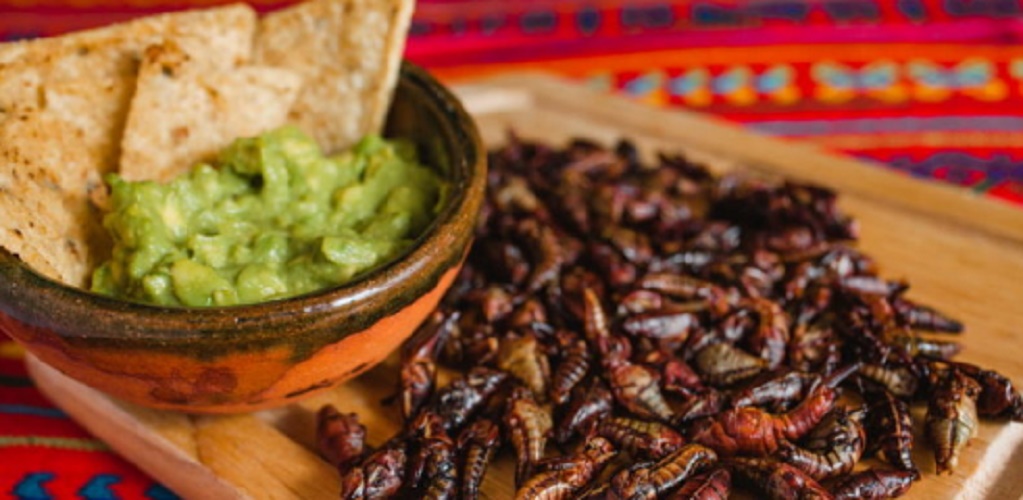What is gastronomy?
We explain what gastronomy is, its history, the types that exist and its importance in culture. In addition, Mexican cuisine.
-
What is gastronomy?
Gastronomy is the discipline , understood as an art , that studies the relationships of the human being with his way of feeding and with the cultural environment in which the kitchen takes place.
Gastronomy provides an approach to culture using food as the central axis. It deals with both cooking techniques , nutritional data and food sciences, as well as the professional management of flavors and aromas in the preparation of a culinary dish.
Gastronomy is not simply the taste for food or cooking. In fact, this discipline deals with multiple cultural appreciations around cooking and food, such as the choice of ingredients, tradition around food or religious influence on the way of eating.
Not every cook is a gourmet, not even those who hold the “chef” label. A true gourmet is one who is dedicated to experimenting, discovering, researching , understanding and generating documentation on the way we eat human beings in different cultures.
-
History of gastronomy
The history of gastronomy goes back to classical antiquity, when the first cookbooks emerged , partly driven by the presence in Imperial Rome of food from various corners of Africa, Asia and northern Europe.
The traditional Roman diet was then greatly enriched, which also turned the act of eating into a ceremonial act in which food was introduced before incorporating them into the banquet, destined for the nobles and the rich. There was no shortage of writers about food, such as Luculo and Marco Gravio Apicio.
Subsequently, the Middle Ages were greatly influenced by the Byzantine and Arab cuisine , heiresses of the Greek and Roman, especially in the areas where the Moors dominated, such as southern Spain (Al-Andalus) or Italy.
Gastronomy was highly valued in this long period when, paradoxically, famine and misery abounded. Culinary treaties such as The forme of Curry , by Ricardo III of England, or Daz Buch von guter Spise , anonymous German work were common.
With the European Renaissance , gastronomy gained even greater enhancement, especially in France , where the baroque and the Bourbon dynasty promoted the arts of good food among the nobility, even in times when the people were starving.
This undoubtedly had its impact on the French Revolution of 1789. One of the greatest gastronomic treatises of the time was art of cooking, pastry, biscuits and canning (1611) of the Spanish Francisco Martínez Motiño.
Already in the Contemporary Age, gastronomy became popular and ceased to be exclusive to the aristocratic sectors. However, it eventually became a mark of class and distinction, only this time at the hands of the bourgeoisie .
With the birth of restaurants and preserves (during the Industrial Revolution ), a food paradigm changed forever in the West, as outlined by Brillat Savarin ( Physiology of Taste , 1826) or Alexandre Dumas ( Le Grand Dictionnaire de Cuisine , 1873).
With the arrival of the twentieth century and the mass production of food, gastronomy was greatly diversified , distinguishing among other things “author’s” cuisine or “artistic” restaurants, from fast food . In this context the nouvelle cuisine was born , which tries to combine tradition and simplicity in a new way of cooking.
-
Types of gastronomy

We can distinguish some different types of gastronomy:
- National cuisine . It has a strong link with the national identity of a country or a culture, and involves elements of its tradition or its history . For example: German, Armenian, Arabic cuisine.
- Gourmet gastronomy . It involves “author” cooking modes, that is, cutting-edge culinary trends.
- Gourmet vegan . It does not use any type of animal derivatives in its preparations (neither meats, nor dairy, nor eggs) and instead chooses vegetables, fruits and cereals.
- Macrobiotic cuisine . It is governed by macrobiotic principles, that is, by a balance (ying-yang) between foods related to the biochemical composition of the organism.
- Gastronomy religious . That shared by different peoples who have a related religious culture, such as Jewish, Islamic food, etc.
-
Importance of gastronomy
Gastronomy gives us the opportunity to incorporate into the artistic and cultural context an aspect that formally seems neglected, which is that of cooking. Although not contemplated among the Fine Arts , culinary art is undoubtedly one of the most widely practiced and with greater nuances, variants and cultural background of humanity.
Gastronomy, like other disciplines dedicated to the study of the various aspects of human culture, tells us who we are and where we came from, based on our way of cooking.
-
Mexican gastronomy

The cuisine of Mexico is one of the most famous in America and the West, since it reflects the complex and extensive process of cultural pairing that took place in this country during the 500 years of European colonization.
Spanish food, indigenous indigenous food and some Negro contributions contribute to a gastronomy of enormous personality, recognizable throughout the world for its use of corn tortillas, grains, sauces and especially spicy (ají chile).
It is an extremely diverse gastronomy in which each Mexican state intervenes in a different and decisive way , even generating a current within the US border states of Mexico, known as “Tex-Mex” ( Texas-Mexican ).





